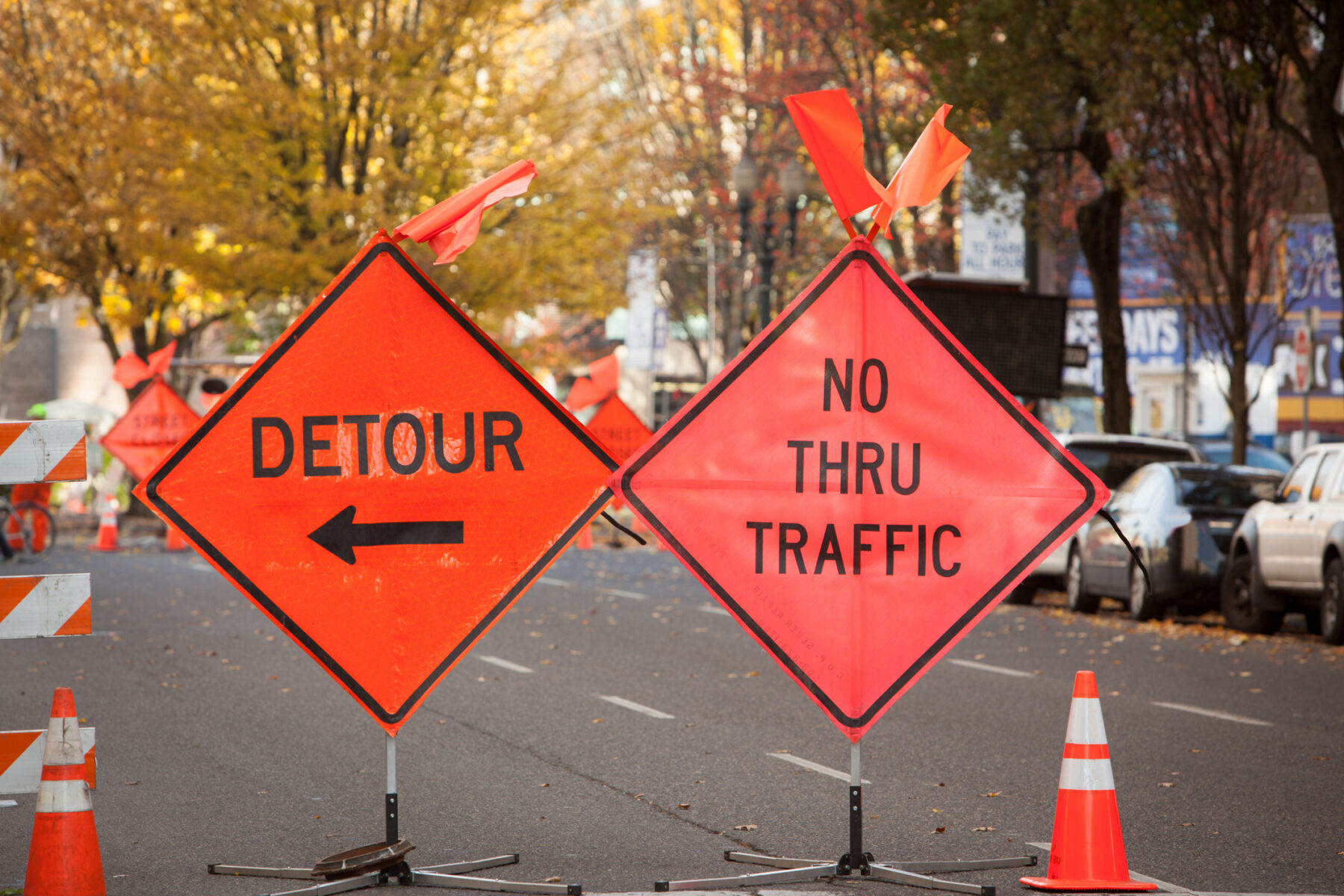Navigating Work Zones: A Comprehensive Guide for Drivers to Stay Alert and Aware
May 12, 2023
 At Standard Materials Group, we understand that work zones are an inevitable part of our driving experience. As roads age and infrastructure projects expand, encountering these zones becomes increasingly common. Although work zones serve to improve our transportation systems, they can also pose challenges to drivers. From unexpected lane closures to changing traffic patterns, work zones demand heightened awareness and caution. This comprehensive guide will equip you with the knowledge and techniques needed to navigate work zones safely and efficiently.
At Standard Materials Group, we understand that work zones are an inevitable part of our driving experience. As roads age and infrastructure projects expand, encountering these zones becomes increasingly common. Although work zones serve to improve our transportation systems, they can also pose challenges to drivers. From unexpected lane closures to changing traffic patterns, work zones demand heightened awareness and caution. This comprehensive guide will equip you with the knowledge and techniques needed to navigate work zones safely and efficiently.
Preparing for Your Journey
Before embarking on your journey, it is essential to be well-informed about potential work zones along your route. Make use of traffic updates, online resources, and GPS systems to familiarize yourself with construction areas and identify potential delays. By proactively planning your route, you can avoid or minimize disruptions to your travel plans.
Maintaining a Safe Speed
Adhering to posted speed limits is crucial in any driving situation, but it is especially important in work zones. Speed limits are often reduced in these areas to account for the presence of workers and construction equipment, as well as to facilitate traffic flow. Be prepared for sudden changes in speed limits and always obey the posted signs.
Being Attentive to Traffic Patterns
Work zones can lead to changes in traffic patterns, such as temporary lane shifts, lane closures, or merging traffic. Stay vigilant and pay close attention to road signs and traffic control devices. These will inform you of any changes ahead and provide guidance on how to navigate them. Additionally, keep an eye on the vehicles around you and be prepared to react to their movements.
Respecting Construction Workers
Construction workers play a vital role in maintaining and improving our infrastructure. It is our responsibility as drivers to keep them safe while they perform their duties. Be patient and give them the space they need to work. Remember that construction workers are often exposed to hazardous conditions and rely on your attentiveness to ensure their safety.
Embracing the Zipper Merge
When approaching a lane closure, it is common for drivers to merge early, creating long lines of traffic and slowing down the flow. Instead, embrace the zipper merge technique. This method involves using both lanes of traffic until the point of the merge, at which drivers take turns merging from each lane. The zipper merge has been proven to reduce congestion and maintain a smoother flow of traffic, ultimately minimizing delays in work zones.
Creating a Safe Following Distance
Maintaining a safe following distance is essential when navigating work zones. With the possibility of sudden stops and shifting traffic patterns, it is crucial to give yourself ample time and space to react. A general rule of thumb is to maintain a distance of at least three seconds between you and the vehicle in front of you.
Expecting the Unexpected
Finally, be prepared for the unexpected. Work zones are dynamic environments, and conditions can change rapidly. Be ready to adapt to new situations as they arise, such as changes in lane configurations or the sudden appearance of construction vehicles. By staying alert and aware, you can navigate work zones with confidence and help ensure the safety of all road users.
Navigating work zones requires a heightened level of awareness and attentiveness. By following the tips outlined in this comprehensive guide, you can safely and efficiently travel through these areas, ensuring the well-being of construction workers and fellow motorists. Remember, your actions behind the wheel have a direct impact on the safety of those around you. Drive with care and contribute to a safer driving environment for all.

